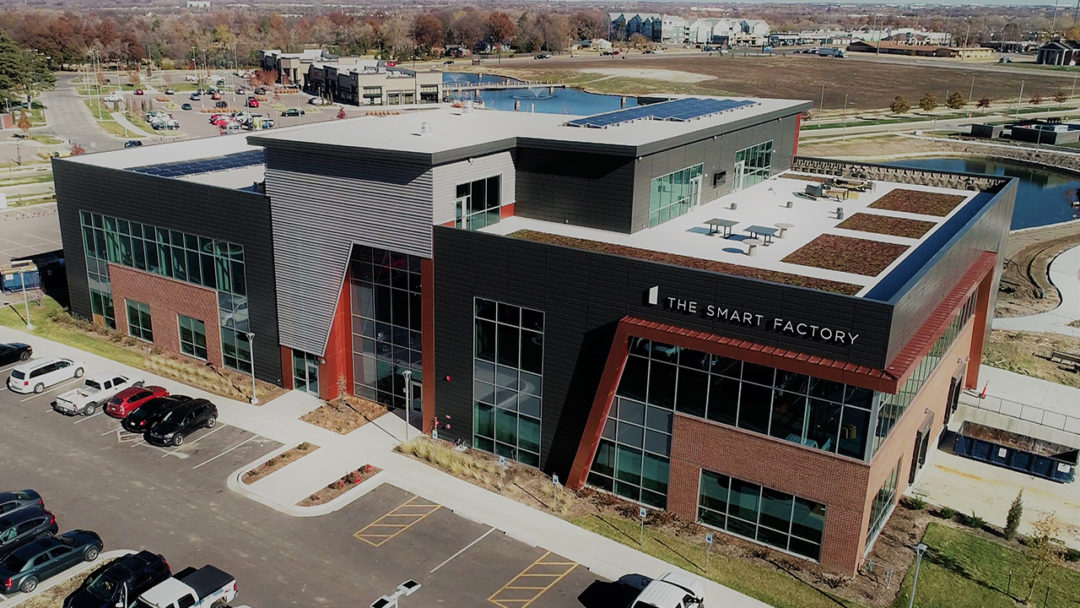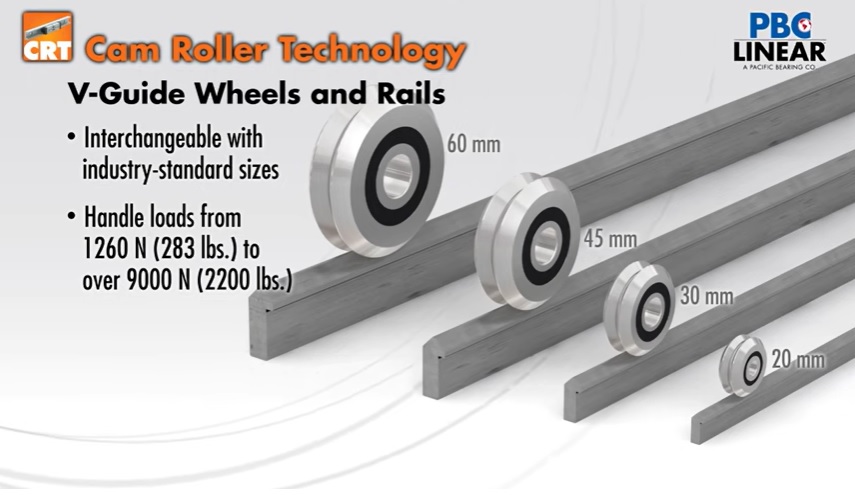Siemens Digital Industries Software recently announced the opening of eXplore Live at The Smart Factory @ Wichita, an experience center convened by Deloitte that marries an ecosystem of world-leading organizations with business strategy and cutting-edge technology to demonstrate Industry 4.0.
Located on Wichita State University’s Innovation Campus, The Smart Factory includes a fully operational production line and experiential labs for developing and exploring innovative capabilities of smart manufacturing.
A founding member of The Smart Factory @ Wichita along with Deloitte and other ecosystem members, Siemens developed the eXplore Live space as a 3,000 square-foot area dedicated to hands-on learning opportunities for companies looking to modernize, reshore, localize, or regionalize their operations in North America.
The eXplore Live space will enable Siemens to expand customer engagements at The Smart Factory @ Wichita with a showcase focused on design and optimization using a closed loop digital twin. It will also enable exploration of industry digital threads and provide space for innovation workshops, co-creation, and help empower the next generation of engineers.
The Smart Factory @ Wichita’s Siemens eXplore Live space joins Siemens’ global eXplore Center network, best-in-class customer experience centers that, combined with a proven innovation methodology, help companies discover what’s possible for a digital tomorrow, help define a vision for their organization and design a roadmap for making it real.
“Our alliance with Deloitte has been bringing together mutual customers to explore the future of manufacturing and industry 4.0 for over a decade,” said Bob Jones, EVP, global sales and customer success, Siemens Digital Industries Software. “The opening of Siemens eXplore Live space at The Smart Factory @ Wichita is the next progression of this relationship; bringing to life the concepts, ideas and practicalities of The Smart Factory, and enabling customers in multiple industries to accelerate digital transformation and solve complex manufacturing challenges.”
“As an industry leader in digitalization and advanced simulation, Siemens is helping manufacturers quickly adopt state-of-the-art Industry 4.0 technologies through its end-to-end suite of solutions,” said Stephen Laaper, principal and Smart Manufacturing leader, Deloitte Consulting LLP. “At the new Siemens eXplore Live space at The Smart Factory @ Wichita, visitors can easily experience the power of Deloitte’s and Siemens’ combined industry and digital transformation expertise to help accelerate the implementation of smart manufacturing solutions, solve complex challenges and engineer advantage.”
The Need to Remove Uncertainty
While localization/reshoring has its share of challenges, the good news is that a comprehensive digital twin of the product, production method, manufacturing line, and structure can dramatically reduce costs, risks, and time. Moreover, the data generated will allow key leaders to make critical decisions faster and more accurately before ever bending metal or pouring concrete. Simply put, it allows targeted investments, increased predictability, and maximized flexibility.
Before companies invest, they need to understand many aspects of their manufacturing plant. This includes what size facility to use, the availability of skilled labor, the cost of labor, the footprint of all machines, power requirements, and the plant’s output, as well as details on sustainability, environmental impact, and end-of-life situations.
Reshoring demands a significant investment of resources, so accurate information is critical to making smart business decisions.
Using the Digital Twin for Accurate Manufacturing Planning
An exact digital twin of the proposed manufacturing plant can provide companies a high level of accuracy. Combining digital twins of the product, production, and plant creates a digital thread that provides stakeholders with access to every critical detail, including information about plant layout, manufacturing lines, throughput data, and so on. These comprehensive digital models assist with both “greenfield” projects begun from scratch and “brownfield” projects that re-use existing facilities and must be completed while considering existing site constraints. Engineering executives can explore multiple “what-if” scenarios when using a simulation of their digital factory. For instance, engineers can change the layout of the machines and simulate the impact of this change on the electrical cabling cost, material handling infrastructure cost, or ventilation improvements inside the plant. In this way, a digital twin helps companies arrive at the best possible layout and design for a factory. They can study and optimize throughput, cost, material handling, inventory, and other operational parameters well before investing a single dollar in the construction of the factory or the procurement of machines.
Using the Digital Twin to Improve Manufacturing Operations
The best part is that the benefits of a comprehensive digital model don’t end once the factory is up and running. Companies can compare real-time data from the actual factory with digital simulation data. They can then spot anomalies and schedule predictive maintenance at the right time. This gives manufacturers a considerable advantage when it comes to keeping production at peak performance.
Predictive maintenance increases the life of machines and prevents costly downtime. Executives can even use the data from the real factory in conjunction with artificial intelligence and machine learning to add even more value to existing operations. This data helps to predict future output; helps organizations envision potential problems and correct them; and allows executives to forecast accurate measures while increasing overall equipment effectiveness (OEE).






